How to return a spin serve in pickleball – Comprehensive Guide (2024)
Returning a spin serve in pickleball presents its challenges, yet honing the proper technique coupled with diligent practice can significantly boost your odds of effectively returning the ball. Here’s a breakdown of steps to navigate how to return a spin serve in pickleball:
How to return a spin serve in pickleball
Step 1: Server’s Technique
The art of decoding a spin serve commences with a vigilant analysis of the server. Observe their racket movements upon striking the ball. Please take note of the angle and fluidity of their swing. By keenly observing the contact point and the path of the racket, you can predict the type of spin imparted on the ball. This foresight provides crucial moments to ready yourself for the impending service.

Step 2: Strategic Positioning
Swift and deliberate movement plays a pivotal role in securing an optimal position before the spin serve’s arrival. Strategically place yourself just behind the baseline, ensuring ample room to react to the ball’s trajectory. Maintain a shoulder-width stance to establish a robust foundation, fortifying your stability for a responsive pivot to return the serve. Proper positioning sets the stage for improved control and skill in your reply.

Step 3: Prepare Your Paddle
Your paddle acts as your primary tool in returning a spin serve. Hold it with a relaxed grip, balancing it in front of your body at waist height. This grip offers both control and flexibility, enabling swift adjustments based on the spin and trajectory of the incoming ball. Keeping the pickleball paddle at this level allows for quicker reactions, ensuring that you’re ready to adapt to the serve’s spin and speed effectively.
Step 4: Master in Timing
Once the server strikes the ball, maintain a vigilant watch on its flight path until it arrives at your position. Precision in timing becomes pivotal when contending with the intricacies of spin serves. Sharpen your focus on the ball’s movement to predict its arrival accurately.
Step 5: Adapt Your Grip
Distinguish between topspin and backspin as the serve approaches, and adapt your grip accordingly. This adjustment serves as a counterbalance to the expected spin effect. Your grip modification empowers you with greater control, allowing for a more effective response.
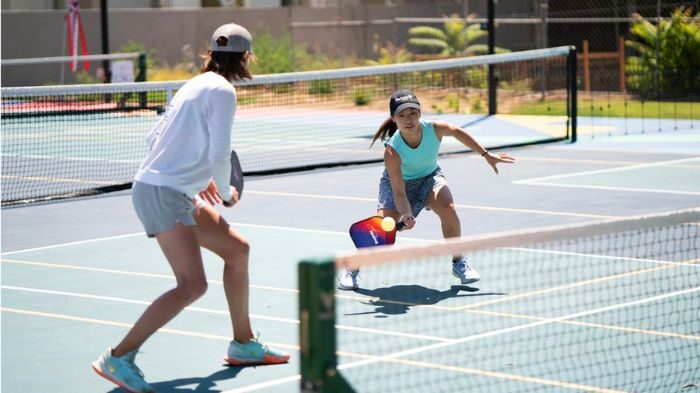
Step 6: Early Ball Contact
To counteract potential sidespin influence, aim to connect with the ball slightly earlier than usual. Striking it just after its zenith reduces the spin’s impact, minimizing unexpected deviations in its trajectory upon bouncing.
Step 7: Precision over Power
Instead of employing excessive force, prioritize controlled power in your returns. Emphasize accuracy and consistency over sheer strength. This measured approach enhances your ability to tactically place the ball, improving your success rate against challenging spins.
Get the best pickleball paddle by clicking on this button:
Techniques for Returning the Spin Serve
To find the answer to the question “How to return a spin serve in pickleball”, here are some techniques for returning a spin serve in pickleball:
- Watch the server’s racket and ball contact closely to predict the spin. Anticipating the spin type allows you to adjust your positioning and paddle angle in advance.
- Modify your grip and adjust the paddle angle based on the anticipated spin. Tilting the paddle slightly up for topspin and slightly down for backspin helps counteract the spin effect.
- Strive to make contact with the ball slightly earlier than usual, ideally just after its peak height. This minimizes the spin’s impact and allows for a more controlled return.
- Maintain proper footwork to position yourself optimally. Establish a balanced stance behind the baseline, keeping your feet shoulder-width apart for stability.
- Prioritize controlled power over excessive force. Aim for accuracy and placement rather than solely focusing on hitting the ball hard. This approach increases the likelihood of a precise and effective return.
As for now you know “How to return a spin serve in pickleball”, for more detail guide have a look at.
Why does mastering the return of a spin serve hold significant value?
Mastering the return of a spin serve is crucial in pickleball for several reasons. Firstly, spin serves to add an element of unpredictability, making them challenging to return. Learning to counter these spins effectively increases your adaptability on the court, enhancing your overall gameplay. Secondly, returning spin serves proficiently enables you to regain control of the rally.
- By understanding and responding appropriately to various spins, you can dictate the pace and direction of the game, turning defensive situations into offensive opportunities. Lastly, mastering the return of spin serves boosts your confidence and mental agility.
- It’s not just about physically returning the serve but also about understanding the opponent’s strategy and adapting to their shots. Overall, learning to return spin serves is essential for elevating your skill set, strategy, and confidence in pickleball. Here are some points to clarify the answer.
- This heading signifies the calculated approach and tactical advantage gained through mastering the return of spin serves. It encompasses a thoughtful and planned execution of strategies to counter these serves effectively.
- Describes how skillfully returning spin serves empowers players to control the pace of the game and exert pressure on opponents. It emphasizes the influence and dominance achieved by adeptly countering these serves.
- Highlights how mastering the return of spin serves can elevate a player’s shot-making abilities, implying improvements in shot quality, precision, and diversity after effectively handling these serves.
Addresses the psychological aspect, emphasizing how proficiently managing spin serves can elevate a player’s confidence. Increased confidence often leads to better decision-making and overall performance on the court.
Touches upon the technical elements, stressing the significance of positioning and accuracy in returning spin serves. Mastering these returns enhances a player’s ability to position themselves optimally and execute precise shots.
Errors players make when returning a spin serve in pickleball?
Avoiding these common mistakes involves developing a keen understanding of spin serves, maintaining focus, refining footwork, and prioritizing control over power in returns:
- Misjudging the type or intensity of spin on the serve can lead to errors. Overestimating the spin might cause an exaggerated response, resulting in a mishit or misplacement of the ball.
- Failing to identify the spin direction promptly can impede an adequate response. Delayed recognition limits the time available to adjust the paddle angle, leading to difficulty in returning the serve accurately.
- Poor footwork or positioning can compromise the ability to reach and handle the serve optimally. Incorrect positioning limits the player’s reach and can lead to an off-balance return, reducing control and accuracy.
- Opting for sheer power over controlled returns often leads to errors. Attempting forceful returns without focus on placement and control can result in shots going long or wide, leading to lost points.
- Failing to adjust to different spin variations can be a significant mistake. Lack of adaptability hampers the player’s ability to read and respond effectively to various types of spins, making them vulnerable to repeated mistakes.
FAQs
What are some common mistakes when returning a spin serve?
Common errors include misjudging the spin intensity, late recognition of spin direction, poor footwork or positioning, excessive power without control, and a lack of adaptability to different spins.
How can I improve my ability to return spin serves effectively?
Improvement comes through keen observation of the server’s movements, adapting the grip and paddle angle, aiming for early ball contact, maintaining strategic footwork, and prioritizing controlled power and placement over force.
Why is mastering the return of spin necessary in pickleball?
Mastering spin serve returns grants control over rallies, enhances shot-making skills, boosts confidence and adaptability, and offers a strategic advantage, influencing the outcome of games significantly.
What techniques can I focus on to handle spin serves better?
Essential techniques include, Attentive observation of the server, Adapting the grip and paddle angle, Aiming for early ball contact, Ensuring strategic footwork and Prioritizing controlled power and precise placement.
What strategies can help in anticipating the type of spin in a serve?
Observing the server’s body and racket movements is critical. Analyze their stroke and notice the contact point between the racket and the ball. The angle and motion of their swing provide hints about the type of spin being imparted. This observation helps anticipate if it’s topspin, backspin, sidespin, or a combination.
How does footwork impact the effectiveness of returning spin serve?
Footwork is fundamental as it determines your positioning to reach the ball optimally. Proper foot placement enables you to get to the ball quickly, maintain balance, and execute a controlled and accurate return. Good footwork allows for quicker adjustments to handle the spin effectively.
Why is adjusting the paddle angle crucial when facing different spin serves?
The paddle angle adjustment is crucial as it helps counteract the spin’s effect on the ball. Tilting the paddle slightly upward for topspin or downward for backspin minimizes the spin’s impact, allowing for better control and accuracy in your return shot.
What are the common errors players make when returning spin serve?
Common mistakes include misjudging the intensity of the spin, delayed recognition of the spin direction, poor positioning or footwork, relying excessively on power without control, and struggling to adapt to various spin variations.
How does early ball contact influence returning a spin serve?
Making contact with the ball slightly earlier than usual, preferably just after its peak height, minimizes the spin’s influence. Early contact allows you to neutralize the spin, reducing the spin’s impact on the ball’s trajectory and enabling a more controlled return.
What role does grip adjustment play in countering spin effectively?
Adapting the grip according to the anticipated spin is crucial. A slight adjustment in grip helps in better control and allows for a more precise return. Changing the grip can assist in countering the spin effect and provide the player with better paddle maneuverability.
Why is controlled power preferable over excessive force in returning spin serves?
Controlled power focuses on accuracy and placement rather than relying solely on force. It allows for better control over the shot, ensuring the ball is returned accurately to the desired location on the court, reducing the likelihood of errors.
What mental skills are essential for mastering the return of spin serves?
Mental skills such as anticipation, adaptability, focus, and quick decision-making are vital. Anticipating the spin, adapting to variations, maintaining focus during the serve, and making quick decisions on how to counter the spin are crucial for mastering the return of spin serves. Mental agility and the ability to read the opponent’s intentions are also crucial aspects.
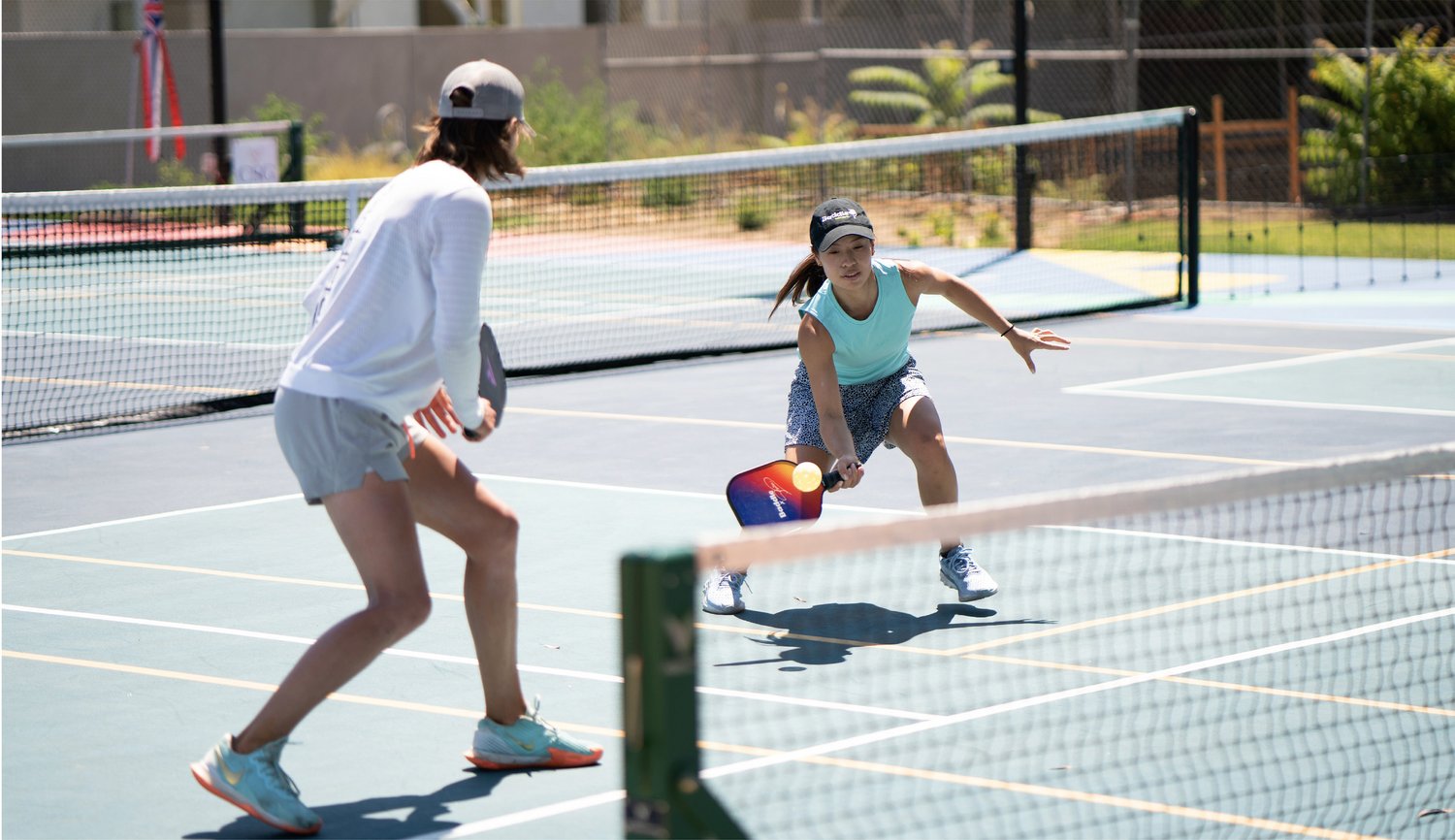
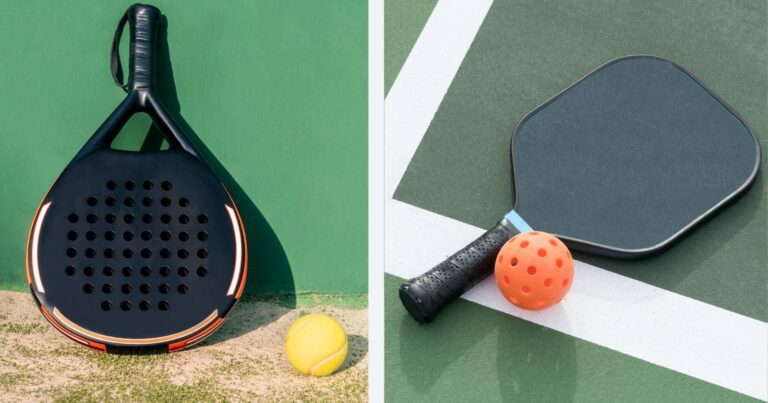
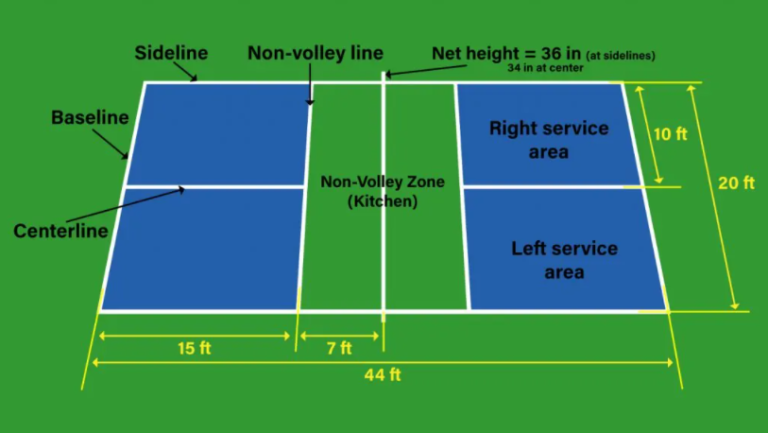
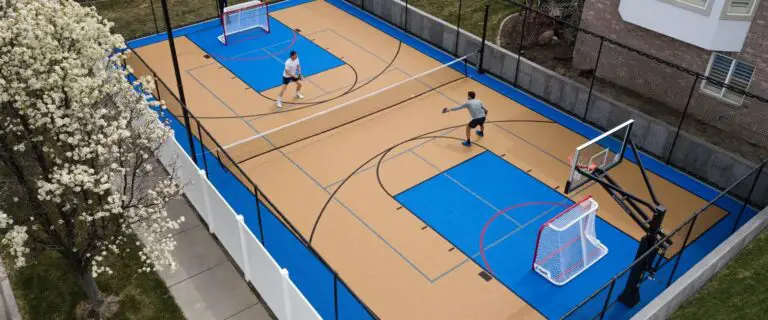


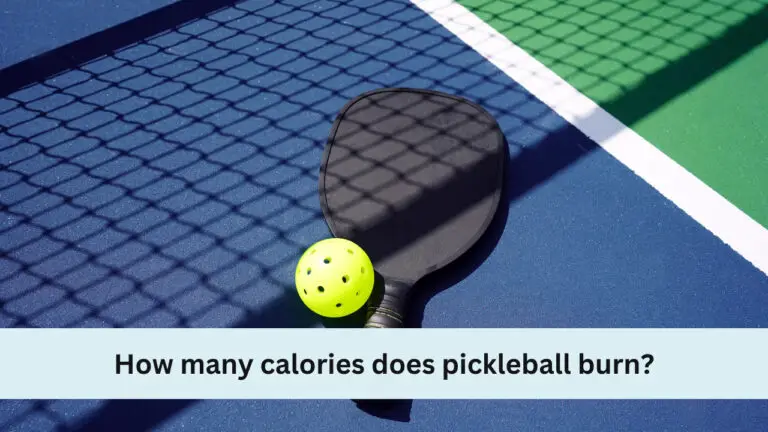
One Comment